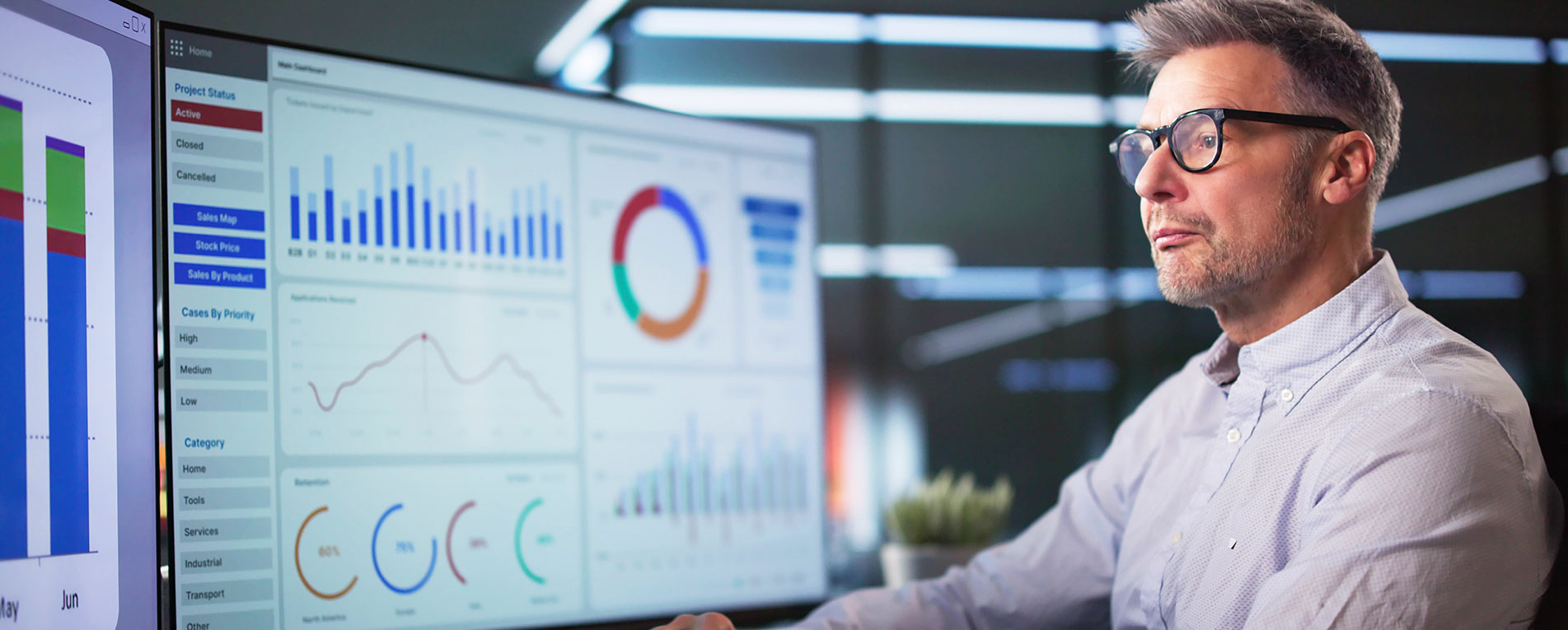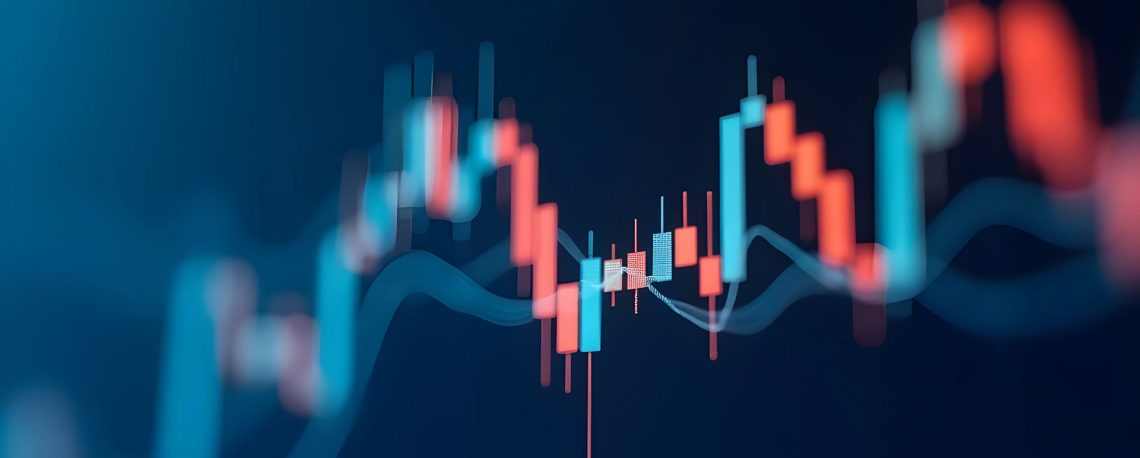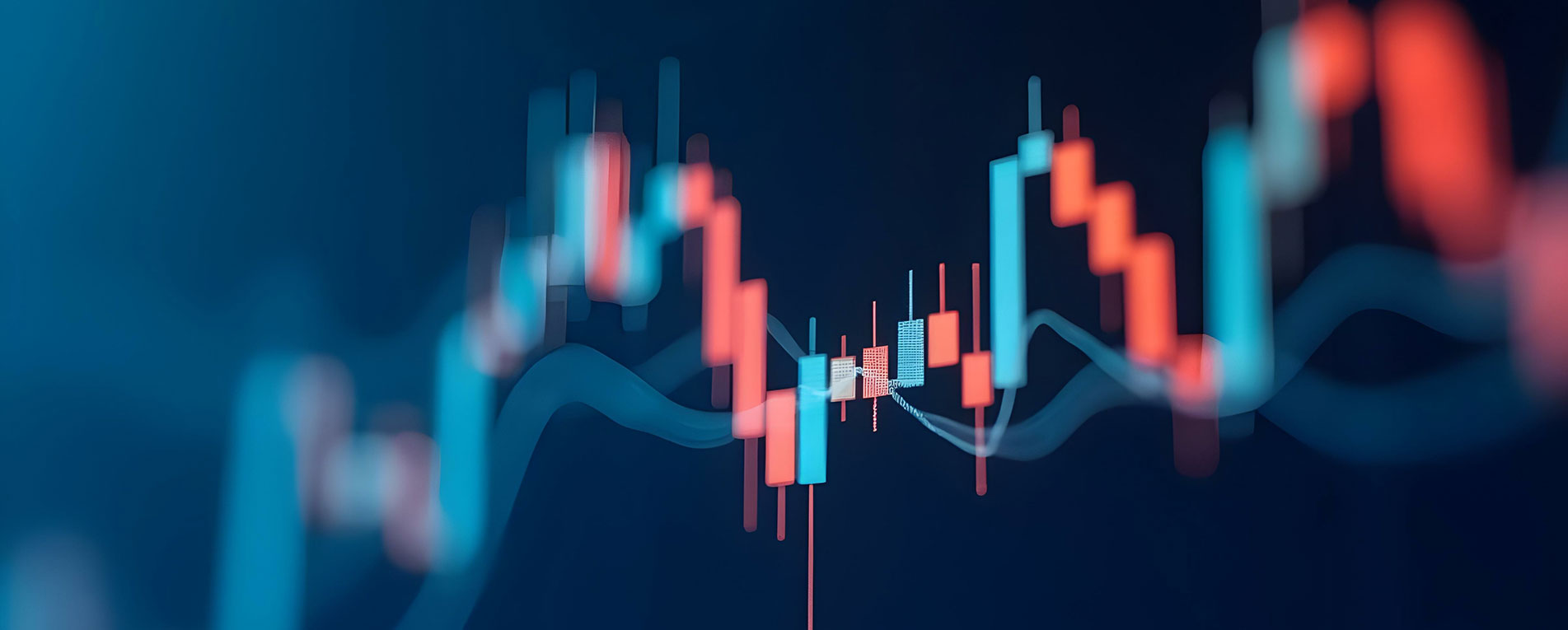The assessment was conducted in accordance with the requirements of the Corporate Sustainability Reporting Directive (CSRD) and the European Sustainability Reporting Standards (ESRS), incorporating two perspectives: impact materiality and financial materiality – examining both the impact of the Capital Group on sustainability issues and how these issues may affect our financial performance in the future.
To ensure consistency with the Bank’s risk management approach and enable full integration of ESG risks and opportunities into the existing risk management framework in future years, the risk management unit actively participated in the process. This unit was involved in the identification and assessment of risks and opportunities, including the determination of materiality thresholds for ESG-related risks and opportunities.



